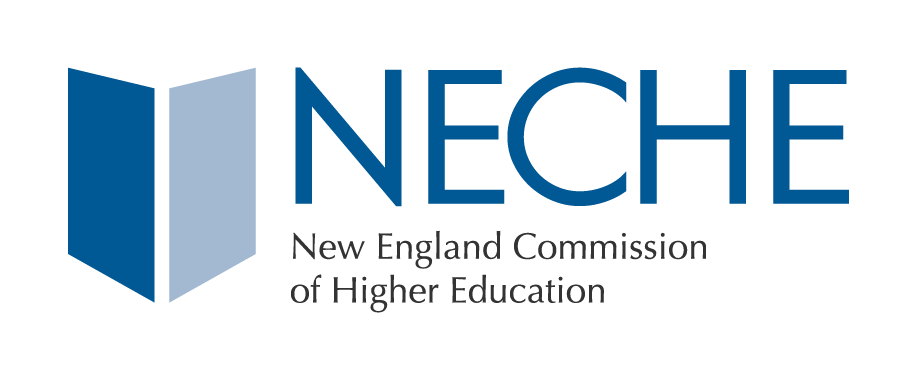
Johnson & Wales University (JWU) was Stop #3 on this Rhode Island road trip, but it was actually Stops #3 and #4, with a Stop #5 to come, as we hope to visit JWU’s North Carolina campus in the future. JWU is a fascinating institution with an equally fascinating history.

Founded in 1914 by two women, Ms. Johnson and Ms. Wales, it began as a small business school that over the next 100 years has grown into a university enrolling more than 9,000 students in seven colleges: The College of Arts & Sciences, College of Business, College of Food Innovation & Technology (CFIT), College of Engineering & Design, College of Health & Wellness, College of Hospitality Management, and College of Professional Studies. Its largest programs are business, food innovation and technology (aptly called FIT), and hospitality.


JWU’s physical presence has radically evolved during the university’s history. Misses Johnson and Wales moved their classrooms multiple times in the city of Providence before the school purchased its first building at Abbott Park Place in 1962. As the years progressed, JWU established a presence abroad in Gothenburg, Sweden and in conjunction with the University of St. Martin on the Caribbean island of St. Maarten, and outside of Providence, in Vail, Colorado; Charleston, South Carolina; Norfolk, Virginia; North Miami, Florida; and Denver, Colorado.


Providence is now home to two beautiful JWU campuses totaling 175 acres, one smack downtown and the other a few miles south on the bay. Charlotte, NC is JWU’s only other location, with about 1,400 students, opened with the support of close to forty million dollars, including incentives, from the local government and private resources. All these iterations and locations of JWU, whether permanent or temporal, are representative of a unique willingness of the institution to take big risks and evolve in significant and even dramatic ways. Chancellor Mim Runey, who has been part of JWU for more than three decades and Chancellor for three years, is certainly cut from that cloth. We were joined on our visit by newly-arrived Vice-Chancellor Dr. Sandra Affenito, a NECHE fan (we love NECHE fans) who just chaired a visiting team for us at Mass Maritime.


We began our visit on the Harborside Campus and it’s truly a gorgeous setting right on the Narragansett Bay. A museum, packed with memorabilia and exhibits, is dedicated to the history of America’s culinary arts, the profession with which JWU is most associated. We could have spent hours trolling through the collection, joined by CFIT Dean Jason Evans, but we were drawn into one of the almost fifty food science, product development, and culinary labs on campus, where students were reverse-engineering the Milano cookie, seeking to exactly re-produce every ingredient that goes into the product, then create ways to make it taste even better. Good luck with that!

The Harborside Campus is where most of the culinary work happens and, of course, we were happy to dine at one of the university’s many restaurants, all staffed by students. What a delicious treat! Our visit also happened to be on a Thursday afternoon when all the baked goods and breads that students make in the course of their culinary lab studies are offered inexpensively to faculty, staff, students, and friends of JWU. I guess you can now call us friends, as we absconded with bags of goodies.

After lunch, we set off for the downtown JWU location on the trendy urban banks of the Providence River. Our first stop was JWU’s 70,000 square-foot, LEED Gold-certified Center for Science and Innovation, opened in 2016, that houses its Engineering (seeking ABET-accreditation), Science, and Cyber Security programs, among others.

Even the labs looked incredibly modern and complicated. Next, we visited a beautifully renovated facility dedicated to the Physician Assistant’s program, a master’s level program with a cohort of 36 students that has been granted accreditation-continued status through 2027. One example of JWU’s ability to match intention with investment is the more than $15 million dollars spent to expand the university’s portfolio in the health care/wellness arena.
And student demand is clearly there, as 800-900 applicants vie for one of the 36 PA spots, with graduates’ starting salaries approaching $100,000. We also had the chance to visit the OTD facility, a doctoral-level program in Occupational Therapy, and another part of the plan to grow the College of Health & Wellness.

In every visit of NECHE on the Road, there is always a surprise, something I encounter which I didn’t fully expect. At JWU, a school known for its stellar reputation in the culinary arts, the surprise for me was the true breadth of its programs and the quality of everything I saw, from the beauty of both campuses to the extraordinary quality of nearly every lab, classroom, sports field, and student lounge we saw.

Not to mention a real entrepreneurial spirit in most everyone we encountered. Higher education is often regarded as an enterprise wedded to the past, slow to change, resistant to growth. That is not today’s Johnson & Wales University. Not by a long shot.

